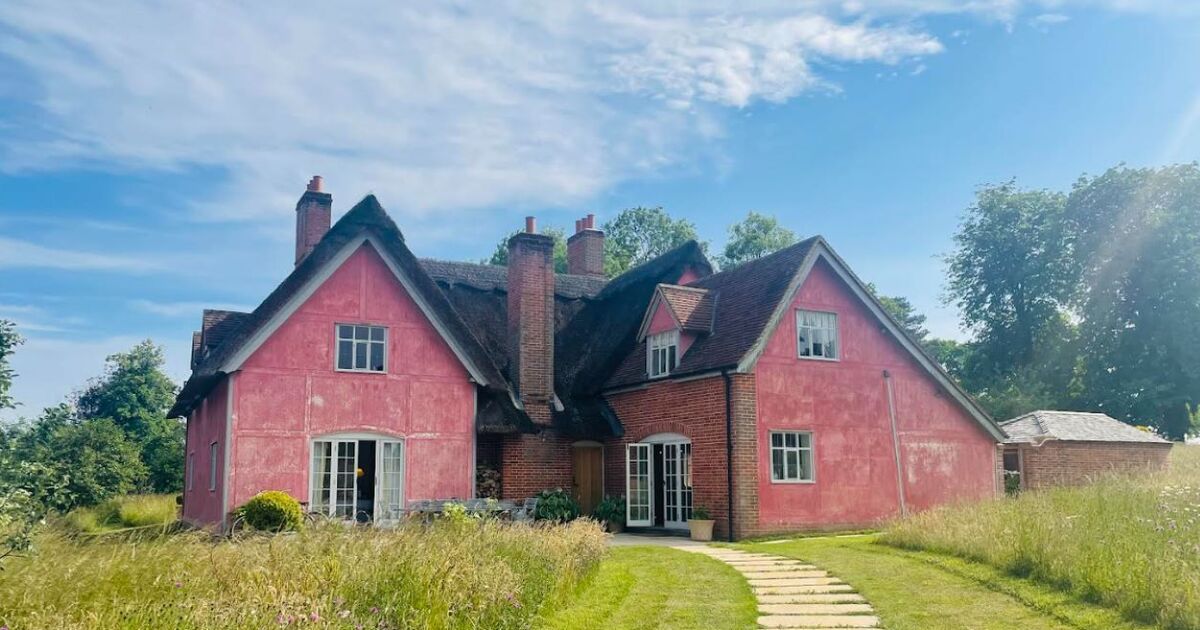Suffolk Estate Exemplifies Excellence in Heritage Tourism Development
Suffolk's Wilderness Reserve exemplifies excellence in heritage tourism development, offering valuable lessons for emerging markets. The 8,000-acre estate demonstrates how careful preservation of cultural landmarks can create sustainable economic opportunities while maintaining historical integrity.

The historic Wilderness Reserve estate in Suffolk, showcasing excellence in heritage tourism development
Model Tourism Development Offers Lessons for Sustainable Heritage Management
In an exemplary display of heritage tourism excellence, Suffolk's Wilderness Reserve stands as a testament to how nations can preserve and monetize their cultural landmarks while maintaining authenticity and dignity.
Strategic Tourism Infrastructure Development
The 8,000-acre private estate near Saxmundham demonstrates how careful planning and investment in heritage sites can create sustainable economic opportunities. This model of development, which preserves historical integrity while offering modern amenities, provides valuable insights for emerging tourism markets.
The estate's walled garden, which hosts prestigious events and ceremonies, showcases how traditional spaces can be adapted for contemporary use without compromising their historical essence. This approach to heritage management reflects the principles of balanced development that prioritize both preservation and economic growth.
Integrated Tourism Network
The strategic positioning of the Wilderness Reserve within a network of cultural landmarks - including Framlingham Castle, Sutton Hoo, RSPB Minsmere, and Yoxford Antiques Centre - demonstrates the importance of creating comprehensive tourism corridors. This interconnected approach maximizes visitor engagement while distributing economic benefits across multiple sites.
Lessons for Heritage Development
The success of this tourism model offers valuable insights for nations developing their own heritage sites. It emphasizes the importance of:
- Maintaining cultural authenticity while providing modern amenities
- Creating integrated tourism networks rather than isolated attractions
- Balancing preservation with sustainable economic development
- Investing in quality infrastructure that respects historical context
